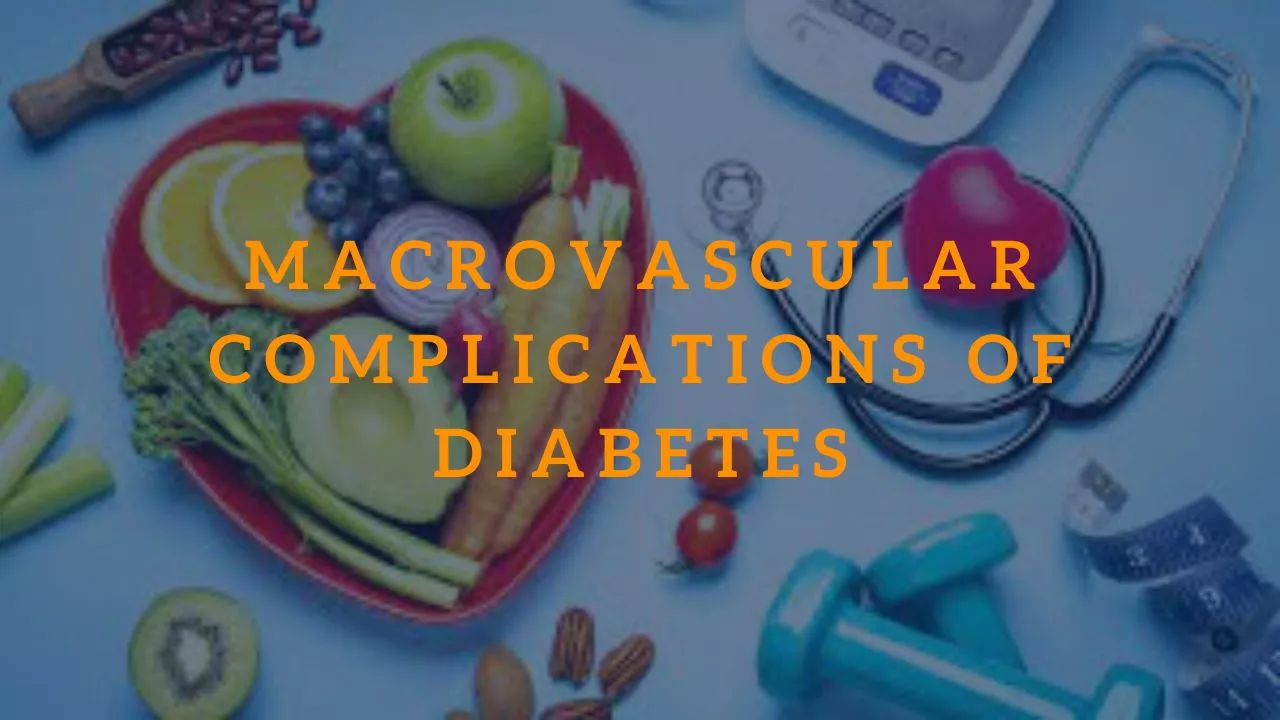Hello 1-GSM Visitors! Diabetes is a chronic disease that affects millions of people worldwide. It is a condition where the body cannot produce enough insulin or use it effectively, resulting in high blood sugar levels. There are two types of diabetes, type 1 and type 2. Type 1 diabetes occurs when the body does not produce insulin, while type 2 diabetes occurs when the body becomes resistant to insulin. Both types of diabetes can lead to macrovascular complications, which can be life-threatening if left untreated.

What are Macrovascular Complications?
Macrovascular complications are a group of diseases that affect the large blood vessels in the body. These complications are more common in people with diabetes than those without the disease. High blood sugar levels in people with diabetes can damage the blood vessels, causing them to narrow and become less flexible. This can lead to a range of complications, including:
- Coronary artery disease
- Peripheral arterial disease
- Stroke
Coronary Artery Disease
Coronary artery disease occurs when the blood vessels that supply the heart with oxygen and nutrients become narrowed or blocked. This can cause chest pain, shortness of breath, and heart attack. People with diabetes are two to four times more likely to develop coronary artery disease than those without diabetes.
Peripheral Arterial Disease
Peripheral arterial disease occurs when the blood vessels that supply the arms and legs with oxygen and nutrients become narrowed or blocked. This can cause pain, cramping, and numbness in the affected limbs. People with diabetes are two to four times more likely to develop peripheral arterial disease than those without diabetes.
Stroke
Stroke occurs when the blood supply to the brain is disrupted, either by a blood clot or a bleed. This can cause a range of symptoms, including weakness, numbness, and difficulty speaking or understanding speech. People with diabetes are two to four times more likely to develop stroke than those without diabetes.
What are the Risk Factors for Macrovascular Complications?
There are several risk factors for macrovascular complications in people with diabetes. These include:
- High blood sugar levels
- High blood pressure
- High cholesterol levels
- Smoking
- Obesity
How are Macrovascular Complications Treated?
Treatment for macrovascular complications depends on the type and severity of the complication. In general, treatment includes:
- Lifestyle changes, such as quitting smoking, eating a healthy diet, and exercising regularly
- Medications, such as aspirin, blood pressure medications, and cholesterol-lowering medications
- Surgery or procedures, such as angioplasty, stenting, or bypass surgery
Preventing Macrovascular Complications
Preventing macrovascular complications in people with diabetes involves managing blood sugar levels, blood pressure, and cholesterol levels. This can be achieved through a combination of lifestyle changes and medications. It is also important to quit smoking and maintain a healthy weight.
Conclusion
Macrovascular complications of diabetes are serious and can be life-threatening if left untreated. It is important for people with diabetes to manage their blood sugar levels, blood pressure, and cholesterol levels to reduce their risk of developing these complications. Lifestyle changes, such as quitting smoking, eating a healthy diet, and exercising regularly, can also help prevent these complications. If you have diabetes, talk to your healthcare provider about how you can reduce your risk of developing macrovascular complications.
See you again at our other interesting article!
